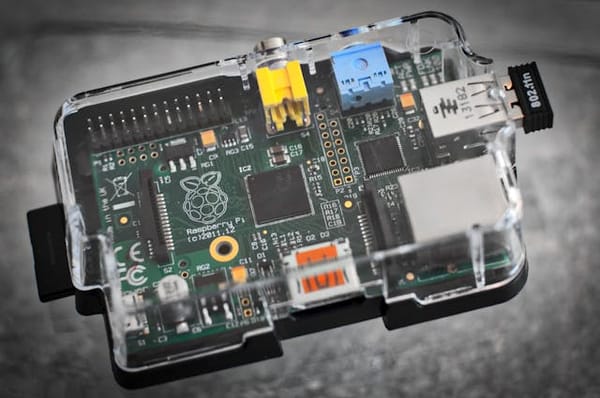PRET - Printer Exploitation Toolkit for Pentesters
Table of Content
PRET is a security testing tool for printers, developed at Ruhr University Bochum. It connects to printers via network or USB and exploits PostScript, PJL, and PCL languages to manipulate print jobs, access the printer’s file system, and potentially cause physical damage.
By translating UNIX-like commands into printer language, PRET simplifies the communication between users and printers. It includes various commands for executing printer attacks and fuzzing, with detailed documentation available in the Hacking Printers Wiki.
Install
PRET only requires a Python2 interpreter. For colored output and SNMP support however, third party modules need to be installed:
# pip install colorama pysnmp
If running on a Windows console and Unicode characters are not displayed correctly, install the win_unicode_console module:
# pip install win_unicode_console
For experimental, ‘driverless’ printing (see print command), ImageMagick and GhostScript need to be installed:
# apt-get install imagemagick ghostscript
Usage
usage: pret.py [-h] [-s] [-q] [-d] [-i file] [-o file] target {ps,pjl,pcl}
positional arguments:
target printer device or hostname
{ps,pjl,pcl} printing language to abuse
optional arguments:
-h, --help show this help message and exit
-s, --safe verify if language is supported
-q, --quiet suppress warnings and chit-chat
-d, --debug enter debug mode (show traffic)
-i file, --load file load and run commands from file
-o file, --log file log raw data sent to the targetLicense
GPL-2.0 License











